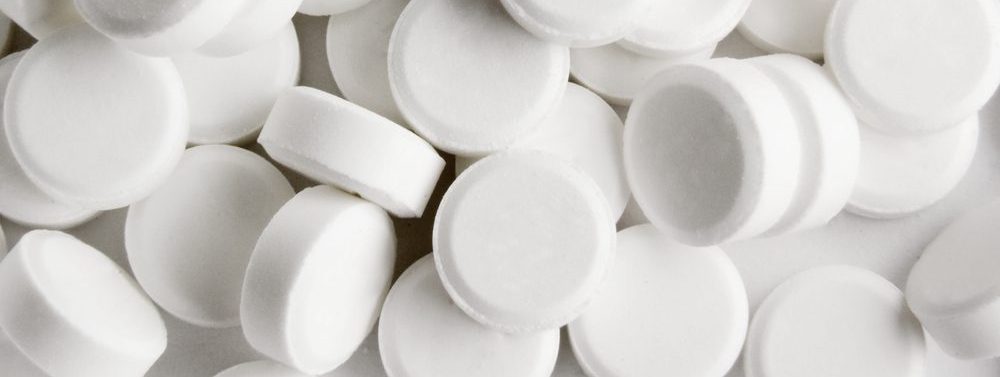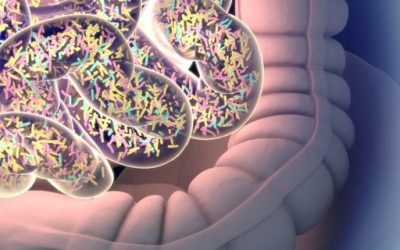The study, “Pirfenidone and Nintedanib in idiopathic pulmonary fibrosis: Real-life experience in an Italian referral centre” was published in the journal Pulmonology.
Despite the fact that there is still no cure for IPF, treatment with Genentech’s Esbriet or Boehringer Ingelheim’s Ofev has significantly improved patient outcomes.
Data from three Phase 3 trials — the ASCEND (NCT01366209) and the CAPACITY studies (NCT00287729 and NCT00287716) — show that Esbriet can significantly slow the decline in lung function and physical capacity in IPF patients, as well as the risk of death, compared to placebo.
Results from two Phase 3 studies — the INPULSIS-1 (NCT01335464) and INPULSIS-2 (NCT01335477) — have also proven Ofev’s efficacy in slowing disease progression, as shown by a reduced decline in a patient’s annual forced vital capacity (FVC), the amount of air that a patient can exhale after taking the deepest breath possible.
Now, a team of researchers evaluated the efficacy of both therapies in a group of patients diagnosed with IPF in the past year. Patients were being followed at the Florence ILD Referral Centre in Italy.
Researchers analyzed 82 IPF patients, 66 of them men, with a mean age of 78.3 years. Fifty-two patients received treatment with Esbriet, and 30 with Ofev. Patients in the Ofev group were older than those in the Esbriet group — mean age 78.33 years versus 71.04 years.
Researchers analyzed several parameters of lung function retrospectively, looking at their value at the time patients began treatment, and at six and 12 months after treatment.
The parameters analyzed included FVC, the percentage of forced expiratory volume in one second (FEV1; a measure of how much air can be exhaled in one second after a deep inhaled breath), the diffusing capacity of the lungs for carbon monoxide (DLCO; assessing the ability of the lungs to transfer oxygen through blood), and the total lung capacity (TLC).
At 6 months of follow-up, both therapies showed similar efficacy in reducing disease progression, and no significant differences were seen between FVC in patients taking Esbriet (83% FVC) or Ofev (78.3% FVC). The same was true for FEV1, TLC or DLCO parameters, in which no differences between the two groups were found.
Data for 12 months of follow-up were only available for patients treated with Esbriet, as Ofev was only approved more recently in the country, and therefore patients had not completed one year of treatment.
The results showed that Esbriet continued to have a beneficial therapeutic effect after 1-year follow-up, as lung function parameters remained stable compared to baseline levels (at the start of treatment) and at 6-month follow-up, with no statistically significant differences in FVC, FEV1, TLC or DLCO.
Overall, “this preliminary study assessing the therapeutic benefit of pirfenidone [Esbriet] and nintedanib [Ofev] in an Italian cohort of IPF patients revealed a stabilization of lung function test parameters,” the team concluded.




